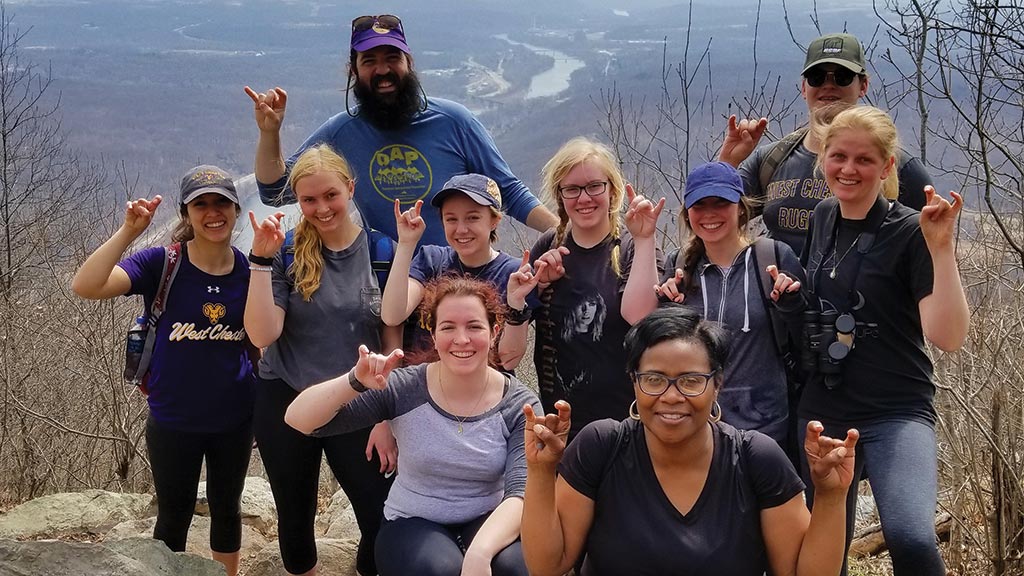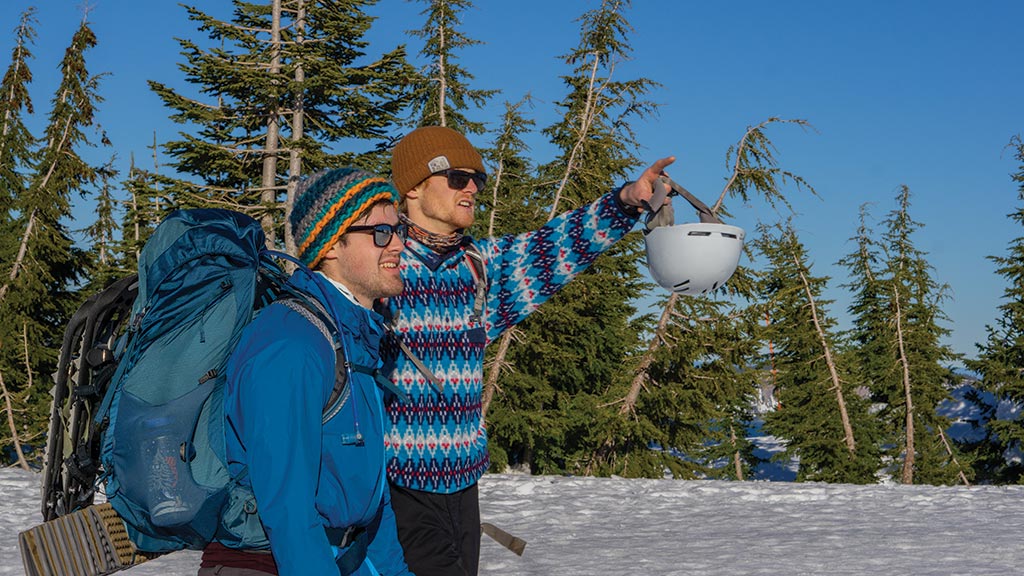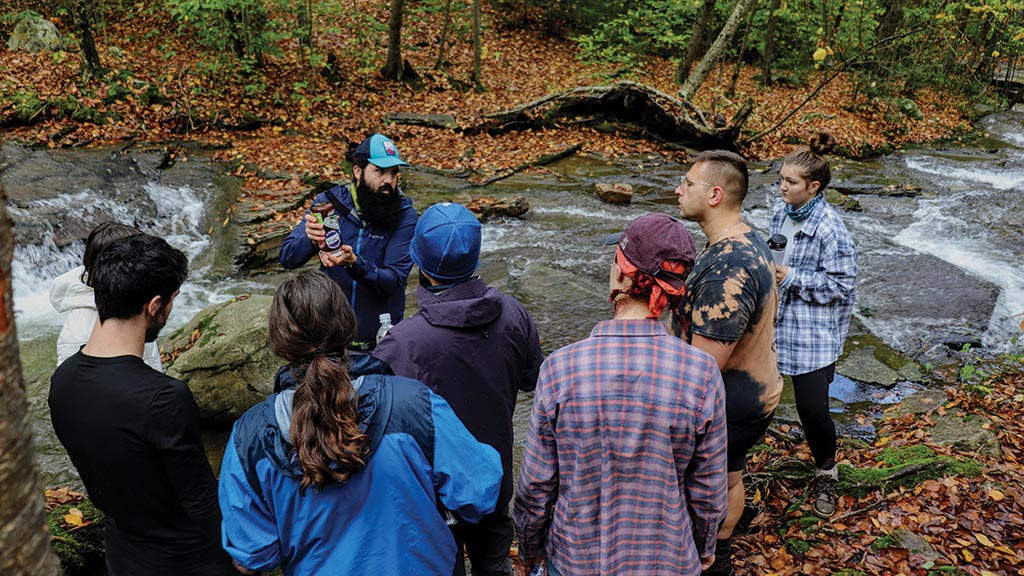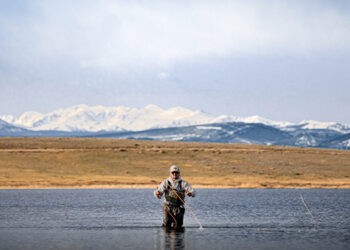Outdoor adventure programs are often known for providing leadership development, teambuilding and educational experiences for students on campus. Even more, these programs have a larger opportunity to appeal to incoming freshman who are seeking a sense of belonging in a new environment. Because of this, many of your participants are likely new to adventure programs. Therefore, it’s important to keep experience levels in mind when planning activities and trips.
This is especially true for the outdoor program team at Southern Oregon University (SOU). Willie Long, the assistant director of the Outdoor Program and Climbing Center at SOU, said almost all of the students who participate in adventure trips are new to the outdoors or have little experience in the activities. This means that planning and facilitating trips for beginners leads to the most success.
“More advanced trips tend to be difficult to fill,” said Long. “We have found students with intermediate or advanced skills plan their own adventures. These students often use the outdoor program for adventure equipment rentals instead of going on trips.”
EXTRA CREDIT: Frank Olives at the University of Alaska Fairbanks shares advice on successful outdoor offerings.
Because a large portion of the outdoor adventure’s market are those new to its programs, some schools have found partnering with other departments on campus helps alleviate the hesitancy. For example, Steven Sassaman, the former associate director for Experiential and Adventure Education at West Chester University (WCU) and current Ambler Campus assistant director of Recreation Services and Outdoor Experiential Education at Temple University, acknowledged students are actively seeking ways to reconnect more than ever.
To provide opportunities for reconnecting, Sassaman identified campus partners at WCU to promote outdoor adventure programs to students who may not participate in other programs offered by campus recreation.
“We facilitate a great deal of teambuilding programs across campus which not only utilize our outdoor facilities but also use indoor spaces like our student union,” said Sassaman. “This helps to ease students into our programs who may be hesitant to go on an extended trip as they build positive relationships and trust with our team.”
Long agreed developing annual or reoccurring collaborative trips or events with other departments can lead to achieving great new outcomes. Not only because the trips can draw in new populations of students, but having another department share in the planning and facilitation can also serve as a powerful marketing tool for your program.
EXTRA CREDIT: Here are things to consider in building an outdoor recreation program.
“The resources required to facilitate a collaboratation trip can be shared, reducing the resource burden on any one department,” elaborated Long. “You can add components to your trip your department may not traditionally offer such as geology, history, sustainability, biology, social justice, photography, film, wellness and so on. The key to success is finding administrators and students who are excited to collaborate.”
Once you know your audience and have potential partners and adequate resources in place, the follow-through of the programs is the next step. But as everyone in the outdoor adventure arena knows, flexability is crucial for any success. Depending on your geographical location, your program may run into different complications. At SOU, one of the largest challenges in the fall has been wildfires.
“When planning trips, we traditionally develop one or two backup plans with venues in different geographic locations,” said Long. “Having backup plans fully developed and in place has allowed our program to be nimble as fire and smoke conditions change. Almost all of our trips are successful during fire season with this approach.”
Similarly, Sassaman shared a story from a first-year, pre-orientation canoe camping weekend. It had to adjust last-minute due to water levels and the vendor his team was working with terminating their booking. Rather than canceling the trip, Sassaman said they ended up camping at the climbing wall the first night due to a severe thunderstorm in the area. Then they booked a campground at a local park.
EXTRA CREDIT: From across the nation, experts share the outdoor program trends they have witnessed and assess the future of taking fitness outside.
Outdoor adventure for beginners is about connection more often than skill. “It was clear the students who signed up for the program were not interested in developing a bunch of paddling skills but were looking to build friendships and support as they transitioned into college life,” said Sassaman. “Had I simply canceled the trip, these students — some now work for the department — may not have found a place at WCU and transferred.”
More recently, Sassaman shared this same urge to build friendships and support has increased with students’ returning to in-person. “During the fall semester students returned to campus after remote learning and we had a full agenda ready for a standup paddleboard trip,” he said. “The students were not interested in the strokes we had planned to teach and were more interested in simply being on the water with other humans in person. Initially this was challenging as we had a full curriculum planned, but we were able to shift to allowing informal conversation and bonding.”
Lastly, Sassaman added listening to students and allowing them to lead is also key. He shared one of his biggest frustrations is the concern over liability. “Often times I find myself getting complacent in my ‘expertise,’ but students who have an intentional scaffolding of responsibilities take them seriously,” he said. “This confidence in their ability to lead transcends across other aspects of their life. The willingness to provide ownership to students also ensures success as they create new programs and passionately lead them to success.”













